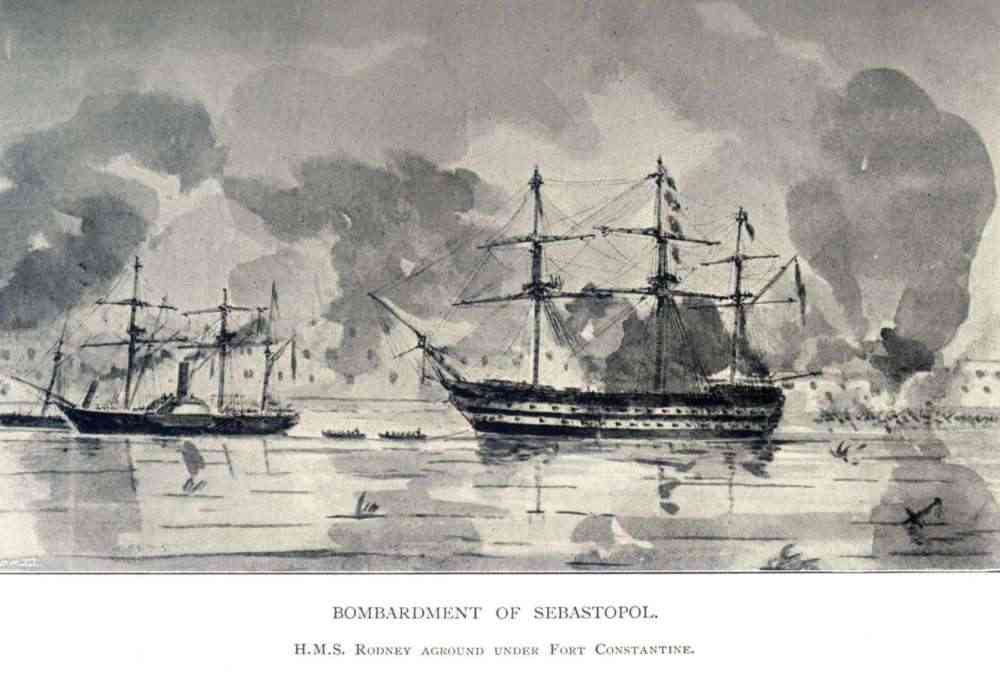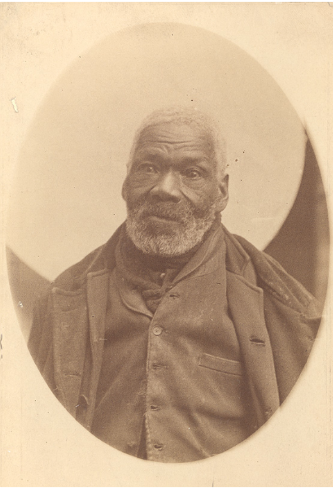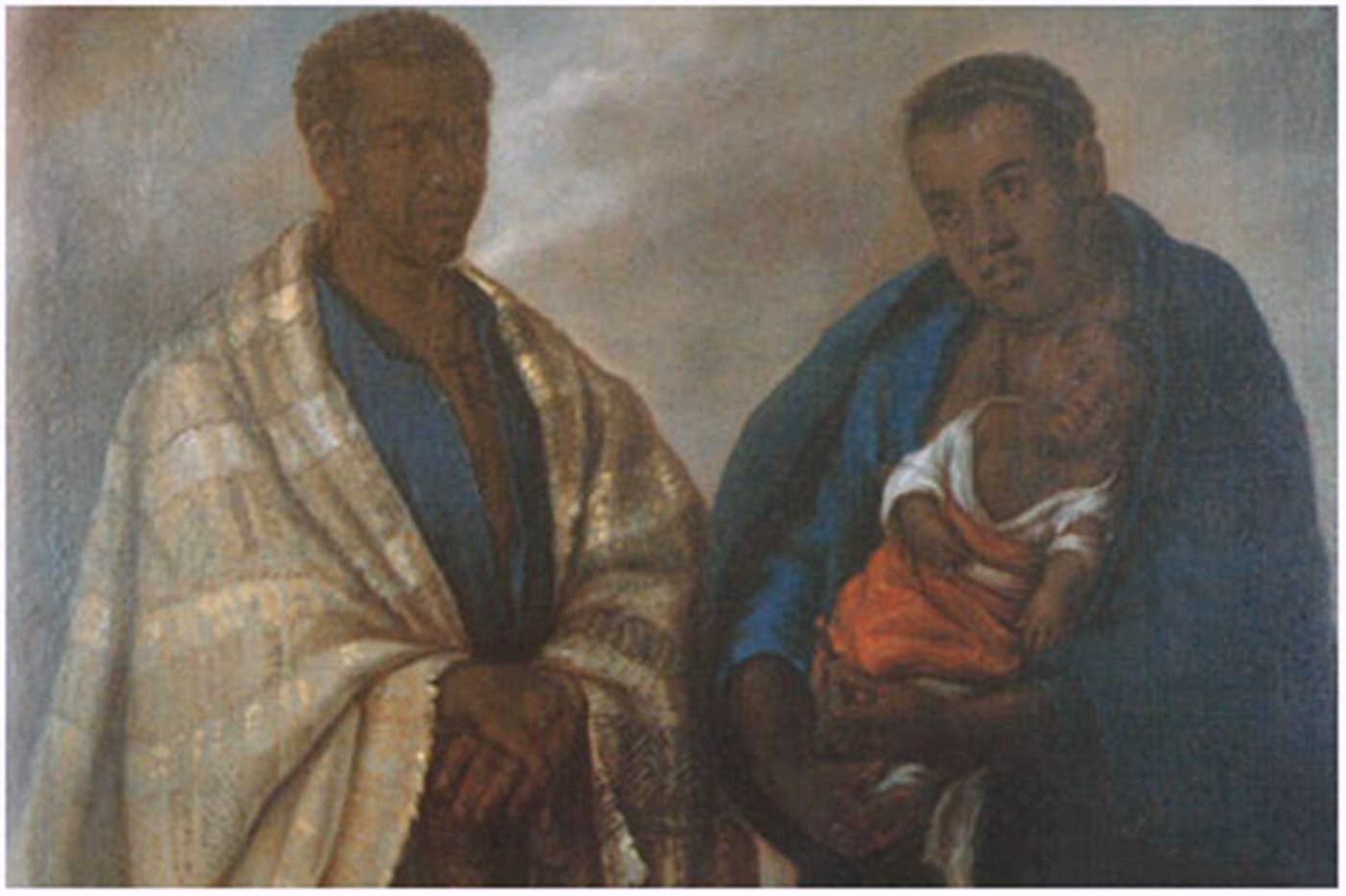|
Scotch Village, Nova Scotia
Scotch Village is an unincorporated community on the Kennetcook River in the Canadian province of Nova Scotia, located in the Municipality of West Hants. This area was part of Newport Township at the time of settlement primarily by Rhode Island Planters in the early 1760s. It was referred to as “Scotchman’s Dyke” or “Scotch Village”, due to settlement of early families of Scottish descent (Smith, etc.). Prior to the arrival of the Planters, Scotch Village had been the home of Mi'kmaq and Acadians. Mi’kmaq and their ancestors have been in the Bay of Fundy area over 10,000 years, long before Egyptians built pyramids or European agriculture began. They traded with Europeans for centuries, often providing them with the knowledge and resources needed to survive here. Mi’kmaq spirituality and way of life have been based on respectful and sustainable use of natural resources. They usually lived along rivers; summers along coast and winters inland to hunt. Up to 90% of ... [...More Info...] [...Related Items...] OR: [Wikipedia] [Google] [Baidu] |
Nova Scotia
Nova Scotia ( ; ; ) is one of the thirteen provinces and territories of Canada. It is one of the three Maritime provinces and one of the four Atlantic provinces. Nova Scotia is Latin for "New Scotland". Most of the population are native English-speakers, and the province's population is 969,383 according to the 2021 Census. It is the most populous of Canada's Atlantic provinces. It is the country's second-most densely populated province and second-smallest province by area, both after Prince Edward Island. Its area of includes Cape Breton Island and 3,800 other coastal islands. The Nova Scotia peninsula is connected to the rest of North America by the Isthmus of Chignecto, on which the province's land border with New Brunswick is located. The province borders the Bay of Fundy and Gulf of Maine to the west and the Atlantic Ocean to the south and east, and is separated from Prince Edward Island and the island of Newfoundland by the Northumberland and Cabot straits, ... [...More Info...] [...Related Items...] OR: [Wikipedia] [Google] [Baidu] |
Pisiquid
Pisiguit is the pre-expulsion-period Acadian region located along the banks of the Pisiquit River from its confluence with the Minas Basin of Acadia, which is now Nova Scotia, including the St. Croix River drainage area. Settlement in the region commenced simultaneous to the establishment of Grand-Pré. Many villages (Rivet, Foret, Babin, Landry, Thibodeau, Vincent, etc.) spread rapidly eastward along the river banks. These settlements became known as ''Pisiguit'' or (''Pisiquit'', ''Pigiguit'', ''Pisiquid'', ''Pisiguid''). The name is from the Mi'kmaq ''Pesaquid'', meaning "Junction of Waters". In 1714, there were 351 people (in 56 families) there.From Acadian-Cajun Genealogy & History: Exile Destination: Pisiguit Population By the mid-18th century, a memoire from 1748 noted that there were 2,700 people in Pisiguit compared to 2,400 in the Grand Pré and Canard area. But the area lost its population rather quickly. Pisiguit was the Acadian settlement closest to Halifax, ... [...More Info...] [...Related Items...] OR: [Wikipedia] [Google] [Baidu] |
George Elliott Clarke
George Elliott Clarke, (born February 12, 1960) is a Canadian poet, playwright and literary critic who served as the Poet Laureate of Toronto from 2012 to 2015 and as the 2016–2017 Canadian Parliamentary Poet Laureate. His work is known largely for its use of a vast range of literary and artistic traditions (both "high" and "low"), its lush physicality and its bold political substance. One of Canada's most illustrious poets, Clarke is also known for chronicling the experience and history of the Black Canadian communities of Nova Scotia and New Brunswick, creating a cultural geography that he has coined "Africadia". Life Clarke was born to William and Geraldine Clarke in Windsor, Nova Scotia, near the Black Loyalist community of Three Mile Plains, Nova Scotia, Three Mile Plains, and grew up in Halifax, Nova Scotia, Halifax, Nova Scotia. He graduated from Queen Elizabeth High School (Halifax), Queen Elizabeth High School in 1978. He earned a Bachelor of Arts, BA honours degree ... [...More Info...] [...Related Items...] OR: [Wikipedia] [Google] [Baidu] |
William Hall (VC)
William Nelson Edward HallHall's middle name is sometimes given as "Edward" but Parks Canada historian David States located his baptismal certificate which records his middle name as "Nelson", sometimes misspelled as Nielson. States, David W. "William Hall VC of Horton Bluff, Nova Scotia Nineteenth Century Naval Hero", ''Collections of the Royal Nova Scotia Historical Society'' Vol. 44 (1996), p. 71 (28 April 1827 – 27 August 1904) was the first Black person, first Nova Scotian, and third Canadian to receive the Victoria Cross. He received the medal for his actions in the 1857 Siege of Lucknow during the Indian Rebellion. Hall and an officer from his ship continued to load and fire a 24-pounder gun at the walls after the rest of the party had been killed or injured by the defenders. Early life William Edward Hall was born at Horton, Nova Scotia, in 1827Hall's date of birth is sometimes given as 1829 or 1826 but based on his birth certificate and military records, the Nova Sco ... [...More Info...] [...Related Items...] OR: [Wikipedia] [Google] [Baidu] |
Three Mile Plains, Nova Scotia
Three Mile Plains is a small community in the Canadian province of Nova Scotia, located in The Municipality of the District of West Hants in Hants County. Description Three Mile Plains, along with Five Mile Plains, was originally inhabited by African-American settlers who called it Windsor Plains. The community was also once called Seven Mile Plains. Three Mile Plains contains two churches, Windsor Plains Baptist Church and thAnglican Parish of Avon Valley It also has an elementary school for grades primary-5 as well as a community hall. Major roads includes Panuke Road, Old Halifax Road,Three Mile Plains Crossroads, Mountain Road, Windsor Back Road, and Trunk 1. Schools Three Mile Plains District School The current elementary schoolThree Mile Plains District School opened in 1963 with an initial enrollment of 300 students, which included children from Three Mile Plains and Five Mile Plains. The school was overcrowded and had to use the community centre to help accommodate ... [...More Info...] [...Related Items...] OR: [Wikipedia] [Google] [Baidu] |
Black Refugees
Black refugees were black people who escaped slavery in the United States during the War of 1812 and settled in Nova Scotia, New Brunswick, and Trinidad. The term is used in Canada for those who settled in Nova Scotia and New Brunswick. They were the most numerous of the African Americans who sought freedom during the War of 1812. The Black refugees were the second group of African Americans, after the Black Loyalists, to flee American enslavement in wartime and settle in Canada. They make up the most significant single immigration source for today's African Nova Scotian communities. During the antebellum period, however, an estimated 10,000 to 30,000 Black refugees reached freedom in Canada, often traveling alone or in small family groups. Those who settled in Trinidad were generally from Virginia and Maryland, and Georgia and Spanish Florida, via Bermuda, where they were evacuated on British ships from the East Coast. Some were settled in Trinidad in 1815. Those African Americ ... [...More Info...] [...Related Items...] OR: [Wikipedia] [Google] [Baidu] |
Sierra Leone
Sierra Leone,)]. officially the Republic of Sierra Leone, is a country on the southwest coast of West Africa. It is bordered by Liberia to the southeast and Guinea surrounds the northern half of the nation. Covering a total area of , Sierra Leone has a tropical climate, with diverse environments ranging from savanna to rainforests. The country has a population of 7,092,113 as of the 2015 census. The capital and largest city is Freetown. The country is divided into five administrative regions, which are subdivided into Districts of Sierra Leone, 16 districts. Sierra Leone is a constitutional republic with a unicameral parliament and a directly elected executive president, president serving a five-year term with a maximum of two terms. The current president is Julius Maada Bio. Sierra Leone is a Secular state, secular nation with Constitution of Sierra Leone, the constitution providing for the separation of state and religion and freedom of conscience (which includes freedom of ... [...More Info...] [...Related Items...] OR: [Wikipedia] [Google] [Baidu] |
Black Loyalists
Black Loyalists were people of African descent who sided with the Loyalists during the American Revolutionary War. In particular, the term refers to men who escaped enslavement by Patriot masters and served on the Loyalist side because of the Crown's guarantee of freedom. Some 3,000 Black Loyalists were evacuated from New York to Nova Scotia; they were individually listed in the ''Book of Negroes'' as the British gave them certificates of freedom and arranged for their transportation. The Crown gave them land grants and supplies to help them resettle in Nova Scotia. Some of the European Loyalists who emigrated to Nova Scotia brought their enslaved servants with them, making for an uneasy society. One historian has argued that those slaves should not be regarded as Loyalists, as they had no choice in their fates. Other Black Loyalists were evacuated to London or the Caribbean colonies. Thousands of enslaved people escaped from plantations and fled to British lines, especially aft ... [...More Info...] [...Related Items...] OR: [Wikipedia] [Google] [Baidu] |
John Breynton
John Breynton (1719 – 15 July 1799) was a minister in Halifax, Nova Scotia, Canada. He was born in Trefeglwys, Montgomeryshire, Wales to John Breynton (born 1670 Llanidloes) and his second wife, and baptised on 13 April 1719. He spent his first 14 years between his home at Trefeglwys and school in nearby Newtown. From 1733 to 1738, he attended Shrewsbury School, and in 1738, matriculated at Magdalene College, Cambridge, subsequently gaining a BA in 1741. In 1742, he was commissioned as a chaplain in the Royal Navy. By 1745, he was a chaplain on a ship of war and served in the Siege of Louisbourg (1745). In 1750, he received an MA from Cambridge, and married Elizabeth Wade at St Mary and St Michael Church, Trumpington, Cambridgeshire. He was sent by the Society for the Propagation of the Gospel in Foreign Parts, or Venerable Society, to assist at St. Paul's Church (Halifax), St Paul's Church, City of Halifax, Halifax, Nova Scotia under the auspices of the Bishop of London, ... [...More Info...] [...Related Items...] OR: [Wikipedia] [Google] [Baidu] |
Mathieu De Costa
, birth_date = March 1 1589 , other_names = Mathieu da Costa (sometimes d'Acosta) , death_date = after 1619 , death_place = Quebec City, Quebec , known_for = First recorded black person in Canada, Exploration of New France, Bridge between the Aboriginal peoples in Canada and the European explorers through his translation , occupation = Translator and Explorer Mathieu da Costa (sometimes d'Acosta) ('' fl.'' 1589-1619) was an Afro-French member of the exploring party of Pierre Dugua, the Sieur de Monts, and Samuel de Champlain that travelled from France to the New World in the early 17th century. He was the first recorded free black person to arrive on the territory of today's Canada. History There is little documentation about Mathieu da Costa. Of at least partial African ancestry, he is known to have been a freeman favoured by explorers for his multilingual talents. Numerous mixed-race African-Portuguese persons were part of the Atlantic Creole generation, often ... [...More Info...] [...Related Items...] OR: [Wikipedia] [Google] [Baidu] |
People Of African Descent
The African diaspora is the worldwide collection of communities descended from native Africans or people from Africa, predominantly in the Americas. The term most commonly refers to the descendants of the West and Central Africans who were enslaved and shipped to the Americas via the Atlantic slave trade between the 16th and 19th centuries, with their largest populations in the United States, Brazil and Haiti. However, the term can also be used to refer to the descendants of North Africans who immigrated to other parts of the world. Some scholars identify "four circulatory phases" of this migration out of Africa. The phrase ''African diaspora'' gradually entered common usage at the turn of the 21st century. The term ''diaspora'' originates from the Greek (''diaspora'', literally "scattering") which gained popularity in English in reference to the Jewish diaspora before being more broadly applied to other populations. Less commonly, the term has been used in scholarship to ... [...More Info...] [...Related Items...] OR: [Wikipedia] [Google] [Baidu] |
Shubael Dimock
Shubael Dimock (c. 1753 – July 14, 1834) was a political figure in Nova Scotia. He represented Newport Township in the Nova Scotia House of Assembly from 1793 to 1799 and from 1826 to 1830; later, he represented Hants County from 1799 to 1820. Dimock was born in Mansfield, Connecticut, the son of Shubael Dimock and Eunice Marsh. Dimock moved to Nova Scotia with his father in 1759, where the elder Dimock moved to escape religious persecution because of his involvement in the Separate Baptists. Like his father, Dimock also became a preacher; he also served as a magistrate. Dimock was married twice. His first marriage, to Susan Macumber, produced six children. Shubael and Susan's fourth child, Ichabod Ichabod ( he, אִיכָבוֹד ''ʼīyḵāḇōḏ'', – ''without glory'', or "''where is the glory?''") is mentioned in the first Book of Samuel as the son of Phinehas, a malicious priest at the biblical shrine of Shiloh, who was born on ..., also served as a member ... [...More Info...] [...Related Items...] OR: [Wikipedia] [Google] [Baidu] |




